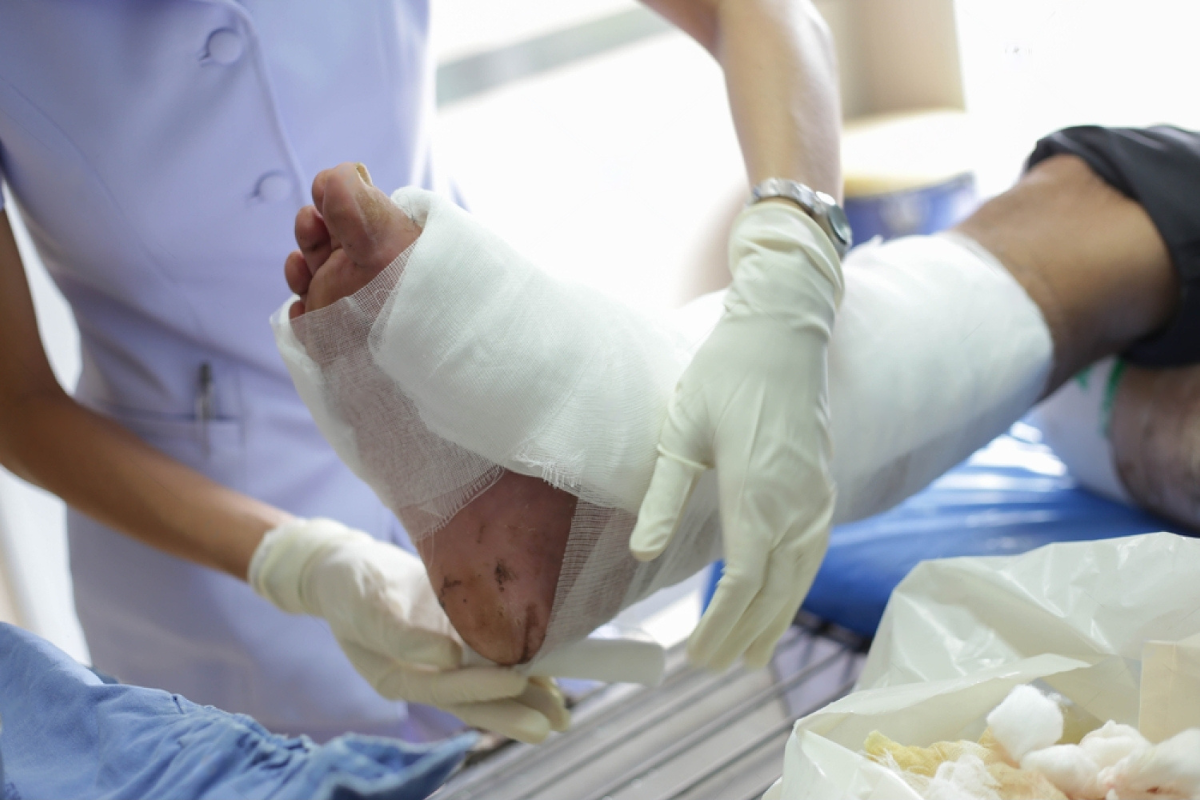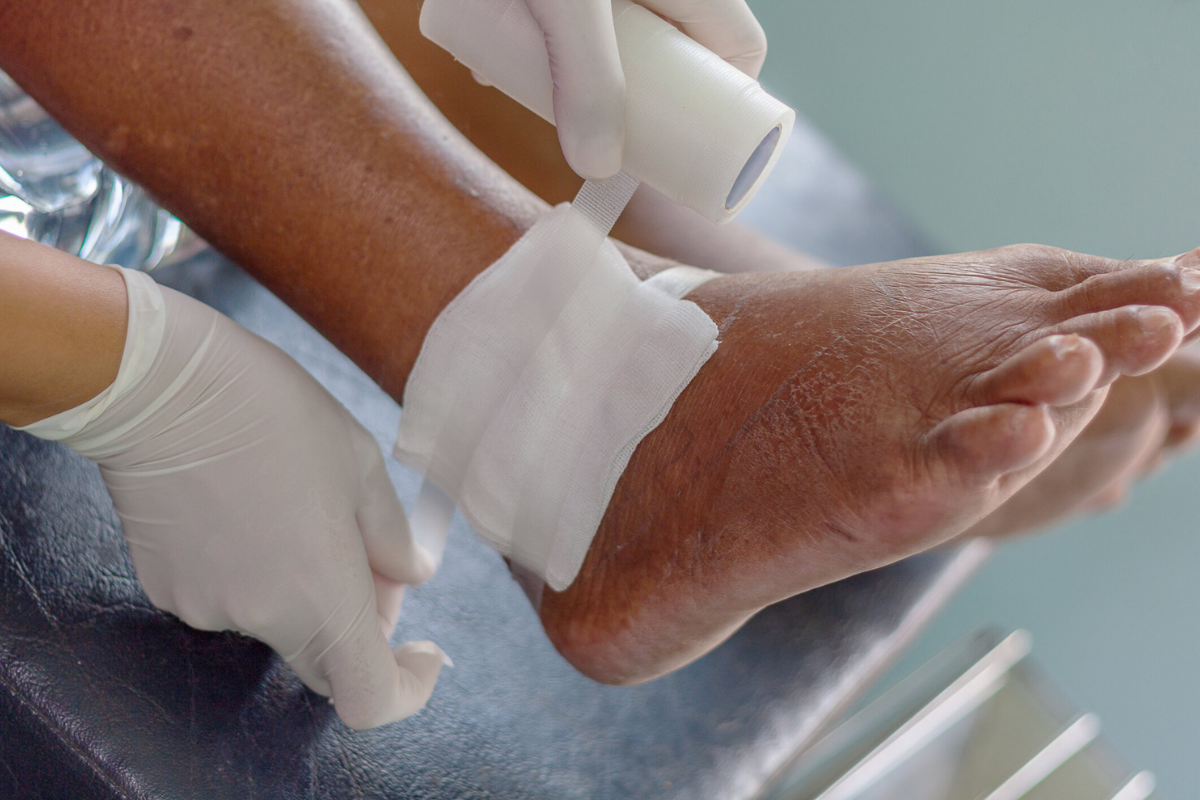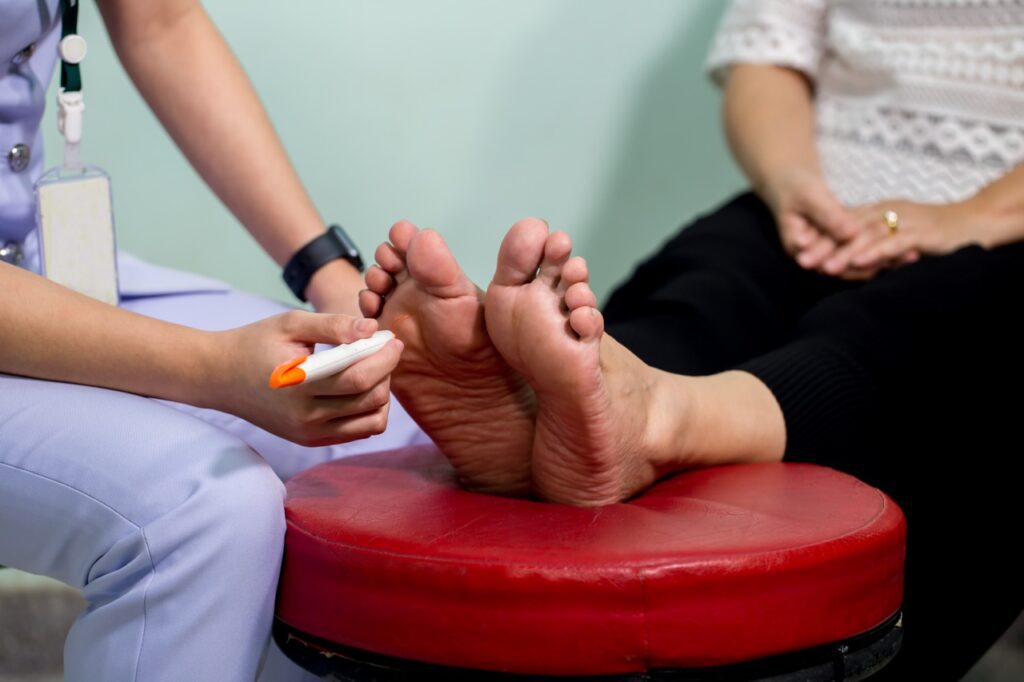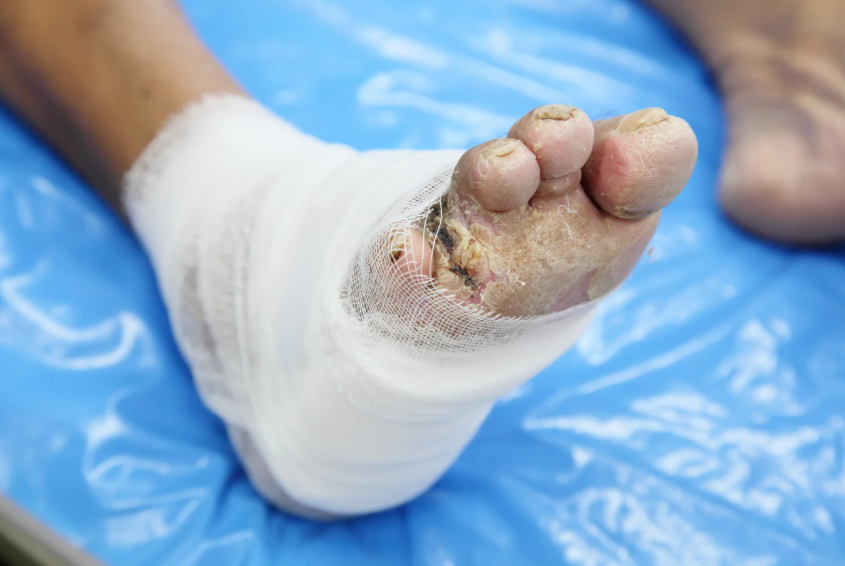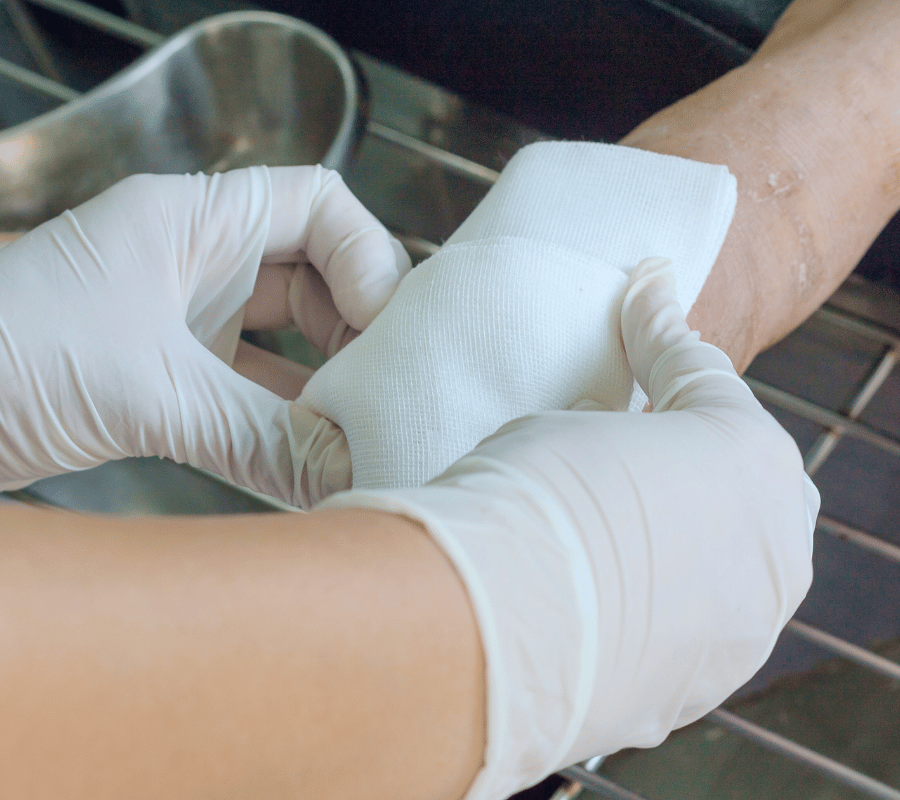Rosacea is a chronic skin condition that affects millions of people worldwide, characterized by redness, flushing, visible blood vessels, and sometimes even pimple-like bumps. While genetics play a role in its development, environmental factors can significantly impact the severity of Rosacea symptoms. In this blog, we’ll explore how environmental factors affect the tiny blood vessels known as capillaries in the skin and exacerbate Rosacea. Understanding these triggers is crucial for managing this condition effectively.
What is Rosacea?
Rosacea is more common than you might think. It affects approximately 16 million Americans alone, often starting between the ages of 30 and 50. It can manifest in different ways, including persistent redness, visible blood vessels, and occasionally, even eye symptoms. The exact cause of Rosacea remains a topic of research, but genetics, immune system dysfunction, and microorganisms on the skin’s surface are believed to contribute to its development.
The Basics of Capillaries
Capillaries are the tiniest blood vessels in our body, responsible for the exchange of oxygen and nutrients between the blood and surrounding tissues. In the skin, capillaries help regulate temperature and play a role in the skin’s healthy appearance. In people with Rosacea, these capillaries are often dilated and more visible due to inflammation and other factors.
Environmental Triggers for Rosacea
Environmental factors play a significant role in triggering and exacerbating Rosacea symptoms. Let’s take a closer look at these triggers:
Sun Exposure and Rosacea
The sun’s UV rays are a well-known trigger for Rosacea. The heat and sunlight can cause blood vessels to dilate, leading to redness and flushing. To protect your skin, it’s crucial to:
- Use a broad-spectrum sunscreen with at least SPF 30 daily.
- Wear wide-brimmed hats and sunglasses.
- Seek shade during peak sunlight hours.
- Avoid tanning beds.
Temperature Extremes and Rosacea
Extreme temperatures, both hot and cold, can lead to Rosacea flare-ups. Cold weather can cause capillaries to constrict, while hot weather can cause them to dilate. Here’s how to manage temperature-related triggers:
- Dress appropriately for the weather.
- Use a humidifier during the winter months.
- Cool down with a damp cloth in hot weather.
- Avoid hot baths and saunas.
Wind and Rosacea
Wind can be particularly harsh on Rosacea-prone skin, leading to irritation and redness. To protect your skin from the wind:
- Use scarves or face masks in windy conditions.
- Apply a moisturizer to create a barrier.
- Keep your skin hydrated to prevent dryness and irritation.
Stress and Rosacea
Stress is a common trigger for Rosacea. When stressed, your body releases hormones that can cause blood vessels to dilate. To manage stress:
- Practice relaxation techniques like deep breathing and meditation.
- Get regular exercise.
- Ensure you’re getting enough sleep.
- Consider talking to a therapist or counselor for stress management.
Diet and Rosacea
Certain foods and beverages can trigger Rosacea symptoms. Common culprits include spicy foods, alcohol, and hot beverages. To manage diet-related triggers:
- Identify your personal trigger foods and avoid them.
- Maintain a balanced diet rich in fruits, vegetables, and whole grains.
- Stay hydrated with water.
- Consider keeping a food diary to track your triggers.
Prevention and Management
Preventing and managing Rosacea in the face of environmental triggers is possible. It’s essential to:
- Develop a gentle skincare routine tailored to Rosacea-prone skin.
- Consult a dermatologist for personalized advice and treatment options.
- Use a mild cleanser, free of harsh ingredients.
- Apply topical treatments as recommended by your healthcare provider.
Takeaway
Understanding how environmental factors affect capillaries in Rosacea is key to managing this condition effectively. By following the tips and recommendations mentioned in this blog, you can reduce the impact of these triggers and improve your quality of life. Remember that managing Rosacea is a long-term commitment, so be patient and consistent in your efforts.
In the realm of capillaries and rosacea treatment, Cosmos Clinic shines as the foremost authority, dedicated to providing unrivaled expertise and results that transform lives.



